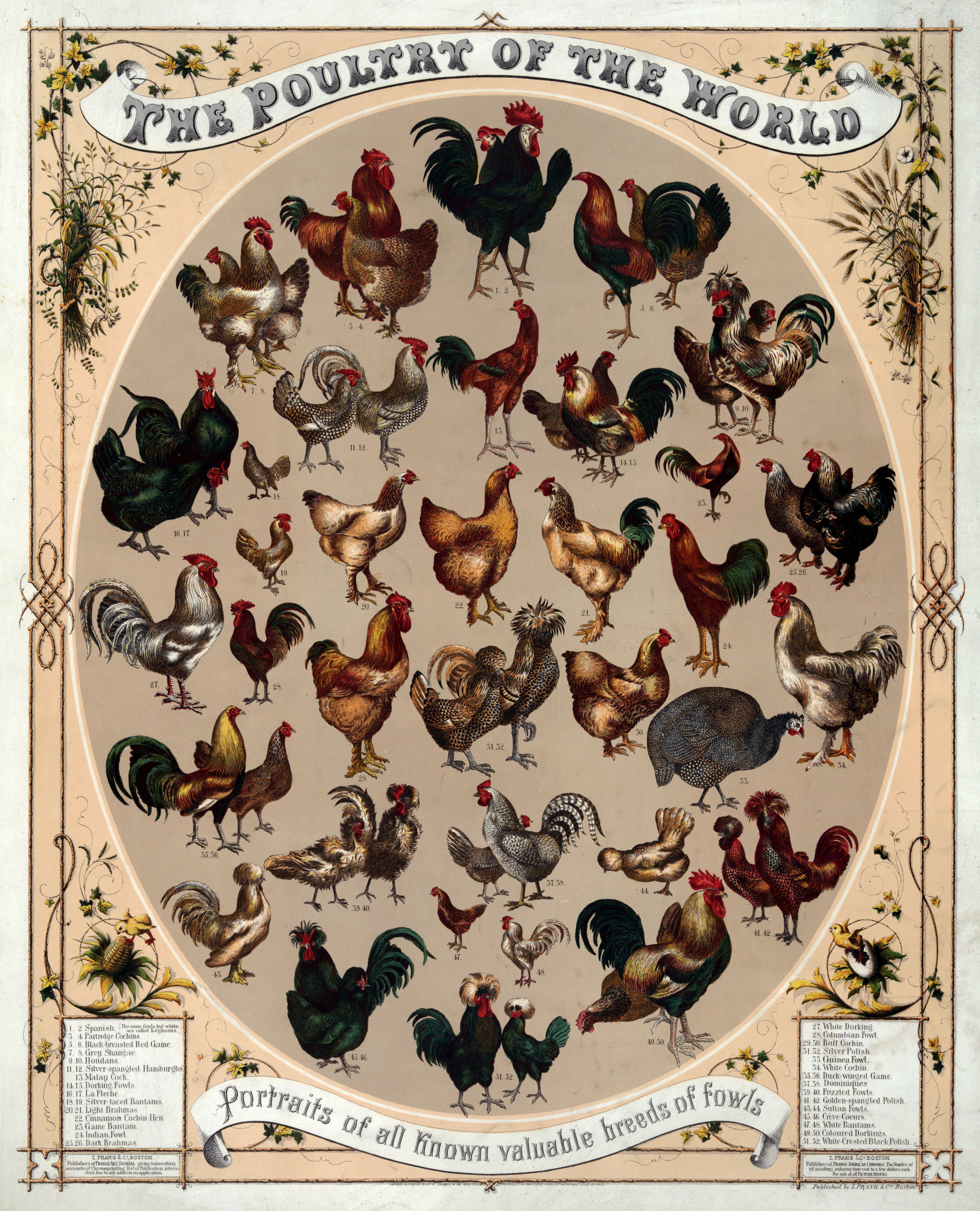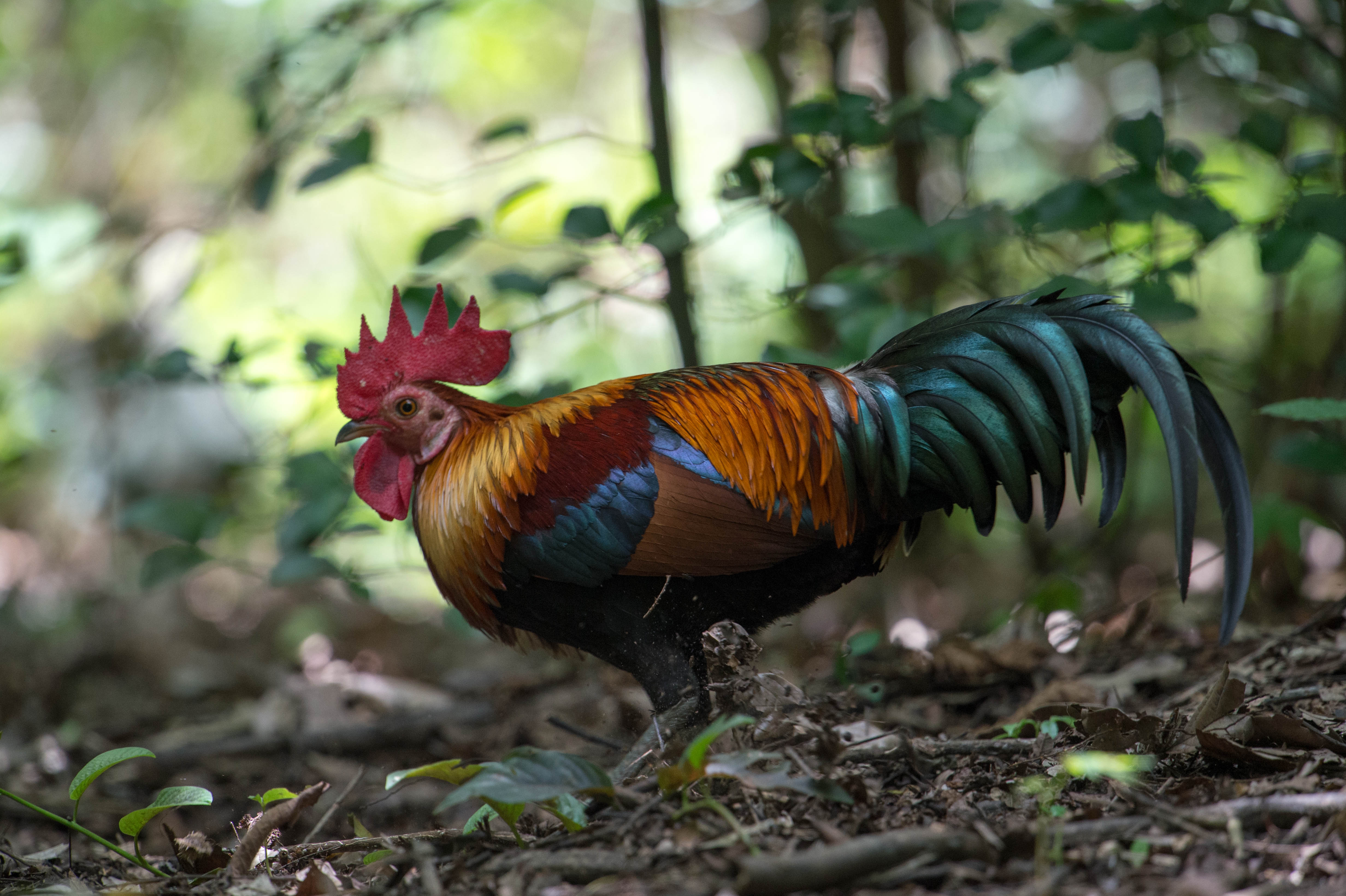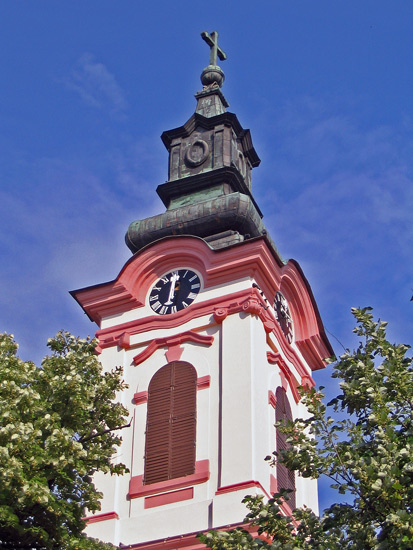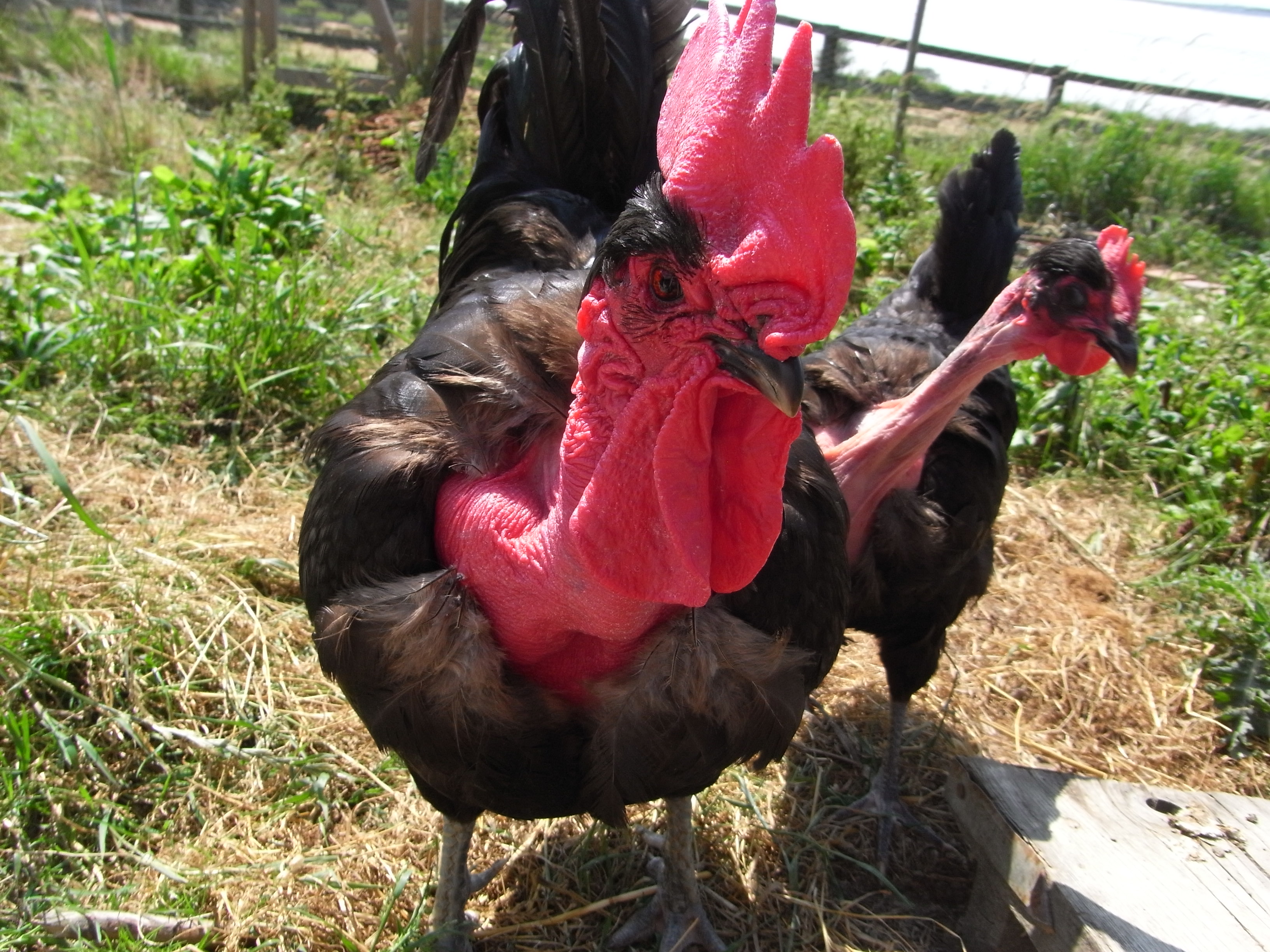|
Sombor Kaporka
The or Sombor Crested is a Serbian List of chicken breeds, breed of crested chicken. It was bred at the beginning of the twentieth century in the Vojvodina, Autonomous Province of Vojvodina in northern Serbia, and is named for the city of Sombor. It resulted from cross-breeding of imported Sulmtaler and Houdan (chicken), Houdan birds with local chickens. A breed standard was drawn up in about 1918. Use The Sombor Crested is a dual-purpose breed, reared both for its eggs and for its meat. Hens may lay approximately 200–220 eggs per year, and some may lay as many as 260. See also Naked Neck References {{Reflist, 45em, refs= APA Recognized Breeds and Varieties: As of January 1, 2012 American Poult ... [...More Info...] [...Related Items...] OR: [Wikipedia] [Google] [Baidu] |
Serbia
, image_flag = Flag of Serbia.svg , national_motto = , image_coat = Coat of arms of Serbia.svg , national_anthem = () , image_map = , map_caption = Location of Serbia (green) and the claimed but uncontrolled territory of Kosovo (light green) in Europe (dark grey) , image_map2 = , capital = Belgrade , coordinates = , largest_city = capital , official_languages = Serbian language, Serbian , ethnic_groups = , ethnic_groups_year = 2022 , religion = , religion_year = 2022 , demonym = Serbs, Serbian , government_type = Unitary parliamentary republic , leader_title1 = President of Serbia, President , leader_name1 = Aleksandar Vučić , leader_title2 = Prime Minister of Serbia, Prime Minister , leader_name2 = Đuro Macut , leader_title3 = Pres ... [...More Info...] [...Related Items...] OR: [Wikipedia] [Google] [Baidu] |
Chicken
The chicken (''Gallus gallus domesticus'') is a domesticated subspecies of the red junglefowl (''Gallus gallus''), originally native to Southeast Asia. It was first domesticated around 8,000 years ago and is now one of the most common and widespread domesticated animals in the world. Chickens are primarily kept for chicken as food, their meat and egg as food, eggs, though they are also kept as pets. As of 2023, the global chicken population exceeds 26.5 billion, with more than 50 billion birds produced annually for consumption. Specialized breeds such as broilers and laying hens have been developed for meat and egg production, respectively. A hen bred for laying can produce over 300 eggs per year. Chickens are social animals with complex vocalizations and behaviors, and cultural references to chickens, feature prominently in folklore, religion, and literature across many societies. Their economic importance makes them a central component of global animal husbandry and agricu ... [...More Info...] [...Related Items...] OR: [Wikipedia] [Google] [Baidu] |
List Of Chicken Breeds
There are hundreds of chicken breeds in existence. Domesticated for thousands of years, distinguishable breeds of chicken have been present since the combined factors of geographical isolation and Selective breeding, selection for desired characteristics created regional types with distinct physical and behavioral traits passed on to their offspring. The physical traits used to distinguish chicken breeds are size, plumage color, Comb (anatomy), comb type, skin color, number of toes, amount of feathering, Egg (biology), egg color, and place of origin. They are also roughly divided by primary use, whether for eggs, meat, or ornamental purposes, and with some considered to be dual-purpose. In the 21st century, chickens are frequently bred according to predetermined breed standards set down by governing organizations. The first of such standards was the British Poultry Standard, which is still in publication today. Other standards include the Standard of Perfection, the Australian Po ... [...More Info...] [...Related Items...] OR: [Wikipedia] [Google] [Baidu] |
Chicken
The chicken (''Gallus gallus domesticus'') is a domesticated subspecies of the red junglefowl (''Gallus gallus''), originally native to Southeast Asia. It was first domesticated around 8,000 years ago and is now one of the most common and widespread domesticated animals in the world. Chickens are primarily kept for chicken as food, their meat and egg as food, eggs, though they are also kept as pets. As of 2023, the global chicken population exceeds 26.5 billion, with more than 50 billion birds produced annually for consumption. Specialized breeds such as broilers and laying hens have been developed for meat and egg production, respectively. A hen bred for laying can produce over 300 eggs per year. Chickens are social animals with complex vocalizations and behaviors, and cultural references to chickens, feature prominently in folklore, religion, and literature across many societies. Their economic importance makes them a central component of global animal husbandry and agricu ... [...More Info...] [...Related Items...] OR: [Wikipedia] [Google] [Baidu] |
Vojvodina
Vojvodina ( ; sr-Cyrl, Војводина, ), officially the Autonomous Province of Vojvodina, is an Autonomous administrative division, autonomous province that occupies the northernmost part of Serbia, located in Central Europe. It lies within the Pannonian Basin, bordered to the south by the national capital Belgrade and the Sava and Danube Rivers. The administrative centre, Novi Sad, is the second-largest city in Serbia. The historic regions of Banat, Bačka, Syrmia and northernmost part of Mačva overlap the province. Modern Vojvodina is multi-ethnic and multi-cultural, with some 26 ethnic groups and six official languages. Fewer than two million people, nearly 27% of Serbia's population, live in the province. Name ''Vojvodina'' is also the Serbian word for voivodeship, a type of duchy overseen by a voivode. The Voivodeship of Serbia and Banat of Temeschwar, Serbian Voivodeship, a precursor to modern Vojvodina, was an Austrian province from 1849 to 1860. Its official name ... [...More Info...] [...Related Items...] OR: [Wikipedia] [Google] [Baidu] |
Sombor
Sombor ( sr-Cyrl, Сомбор, ; ; ) is a List of cities in Serbia, city and the administrative center of the West Bačka District in the autonomous province of Vojvodina, Serbia. The city has a total population of 41,814 (), while its administrative area (including neighboring villages) has 70,818 inhabitants. Name and etymology In Serbian language, Serbian, the city is known as ''Sombor'' (Сомбор), in Hungarian language, Hungarian as ''Zombor'', in Pannonian Rusyn language, Rusyn as ''Zombor'' (Зомбор). The older Hungarian name for the city was ''Czoborszentmihály''. The name originates from the Czobor family, who were the owners of this area in the 14th century. (The family name came from the Slavic name ''Cibor''.) The Serbian language, Serbian name for the city ''(Sombor)'' also came from the family name Czobor, and was first recorded in 1543, although the city was mentioned in historical documents under several more names, such as ''Samobor, Sambor, Sambir, ... [...More Info...] [...Related Items...] OR: [Wikipedia] [Google] [Baidu] |
Cross-breeding
A crossbreed is an organism with purebred parents of two different breeds, varieties, or populations. A domestic animal of unknown ancestry, where the breed status of only one parent or grandparent is known, may also be called a crossbreed though the term "mixed breed" is technically more accurate. Outcrossing is a type of crossbreeding used within a purebred breed to increase the genetic diversity within the breed, particularly when there is a need to avoid inbreeding. In animal breeding, ''crossbreeds'' are crosses within a single species, while '' hybrids'' are crosses between different species. In plant breeding terminology, the term ''crossbreed'' is uncommon, and no universal term is used to distinguish hybridization or crossing within a population from those between populations, or even those between species. Crossbreeding is the process of breeding such an organism. It can be beneficially used to maintain health and viability of organisms. However, irresponsible crossbree ... [...More Info...] [...Related Items...] OR: [Wikipedia] [Google] [Baidu] |
Sulmtaler
The Sulmtaler is an Austrian breed of domestic chicken. It originates in the Sulmtal, the valley of the Sulm river, in southern Styria, in the south-east of Austria, and takes its name from that valley. History Like the Altsteirer, the Sulmtaler derives from the country chickens raised in Styria, particularly in the Kainachtal, the Lassnitztal, the Sulmtal and the Saggautal. In the second half of the nineteenth century these were subjected to massive cross-breeding with imported Cochin, Dorking and Houdan stock to create heavy meat birds for fattening. In about 1900 some breeders brought together the small remaining stock of chickens of the former type, and the original breed was reconstituted. Characteristics Sulmtaler is a hardy dual-purpose breed, kept both for eggs and meat. Cocks weigh and hens Hens are non-sitters, and lay 130-180 eggs of about 55 g in weight per year. The Sulmtaler is raised almost exclusively in the gold wheaten colour variety, and this was the ... [...More Info...] [...Related Items...] OR: [Wikipedia] [Google] [Baidu] |
Houdan (chicken)
The Houdan () or () is an old French breed of domestic chicken. It is named for its area of origin, the commune of Houdan, in the département of Yvelines to the west of Paris. It belongs to the crested chicken group, is muffed and bearded, has an unusual leaf-shaped comb, and has five toes on each foot rather than the usual four. History The Houdan is a traditional French breed; its origins are unknown. It was described in detail by Charles Jacque in 1856 and 1858. The Houdan combines a number of distinctive features, which in the nineteenth century gave rise to speculation about the breeds that might have contributed to its development; the Crèvecœur, Dorking and Polish have been mentioned as possible "ancestors". It was first imported into England in 1850, and to North America in 1865, where it appeared in the first edition of the American Standard of Perfection in 1874. Characteristics The Houdan is crested, muffed and bearded, has an unusual leaf-shaped com ... [...More Info...] [...Related Items...] OR: [Wikipedia] [Google] [Baidu] |
Sombor Kaporka Hen
Sombor ( sr-Cyrl, Сомбор, ; ; ) is a city and the administrative center of the West Bačka District in the autonomous province of Vojvodina, Serbia. The city has a total population of 41,814 (), while its administrative area (including neighboring villages) has 70,818 inhabitants. Name and etymology In Serbian, the city is known as ''Sombor'' (Сомбор), in Hungarian as ''Zombor'', in Rusyn as ''Zombor'' (Зомбор). The older Hungarian name for the city was ''Czoborszentmihály''. The name originates from the Czobor family, who were the owners of this area in the 14th century. (The family name came from the Slavic name ''Cibor''.) The Serbian name for the city ''(Sombor)'' also came from the family name Czobor, and was first recorded in 1543, although the city was mentioned in historical documents under several more names, such as ''Samobor, Sambor, Sambir, Sonbor, Sanbur, Zibor,'' and ''Zombar''. An unofficial name for the city is ''Ravangrad'' (Раванг� ... [...More Info...] [...Related Items...] OR: [Wikipedia] [Google] [Baidu] |
Naked Neck
The Naked Neck is a breed of chicken that is naturally devoid of feathers on its neck and vent. The breed is also called the Transylvanian Naked Neck, as well as the Turken. The name "Turken" arose from the mistaken idea that the bird was a hybrid of a chicken and the domestic turkey. Naked Necks are fairly common in Europe today, but are rare in North America and very common in South America. The trait for a naked neck is a dominant one controlled by one gene and is fairly easy to introduce into other breeds, however these are hybrids rather than true Naked Necks, which is a breed recognized by the American Poultry Association since 1965, it was introduced in Britain in the 1920s. There are other breeds of naked necked chicken, such as the French naked neck, which is often confused with the Transylvanian, and the naked necked gamefowl. Origin The origins of the Naked Neck chicken are unclear. A common theory holds that it originated in Asia, where it has long been bred for coc ... [...More Info...] [...Related Items...] OR: [Wikipedia] [Google] [Baidu] |
Chicken Breeds Originating In Serbia
The chicken (''Gallus gallus domesticus'') is a domesticated subspecies of the red junglefowl (''Gallus gallus''), originally native to Southeast Asia. It was first domesticated around 8,000 years ago and is now one of the most common and widespread domesticated animals in the world. Chickens are primarily kept for their meat and eggs, though they are also kept as pets. As of 2023, the global chicken population exceeds 26.5 billion, with more than 50 billion birds produced annually for consumption. Specialized breeds such as broilers and laying hens have been developed for meat and egg production, respectively. A hen bred for laying can produce over 300 eggs per year. Chickens are social animals with complex vocalizations and behaviors, and feature prominently in folklore, religion, and literature across many societies. Their economic importance makes them a central component of global animal husbandry and agriculture. Nomenclature Terms for chickens include: * ''Bidd ... [...More Info...] [...Related Items...] OR: [Wikipedia] [Google] [Baidu] |








